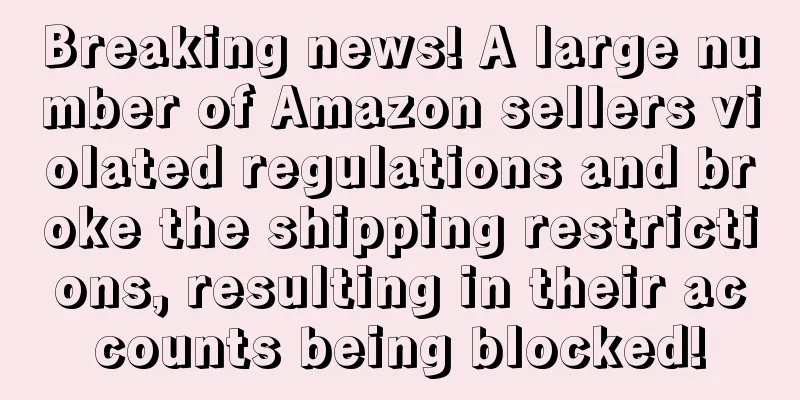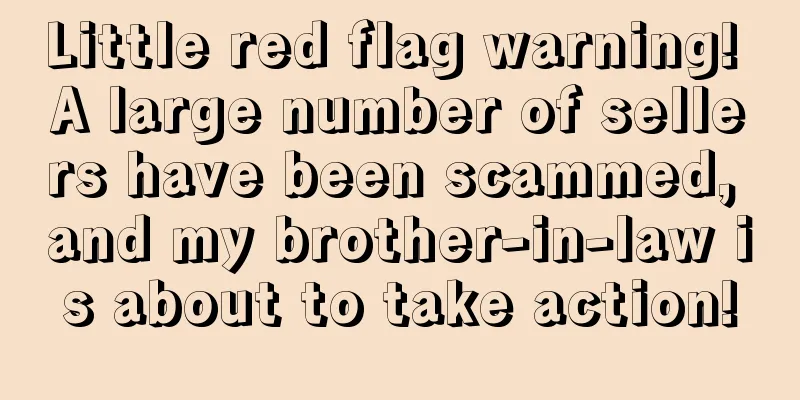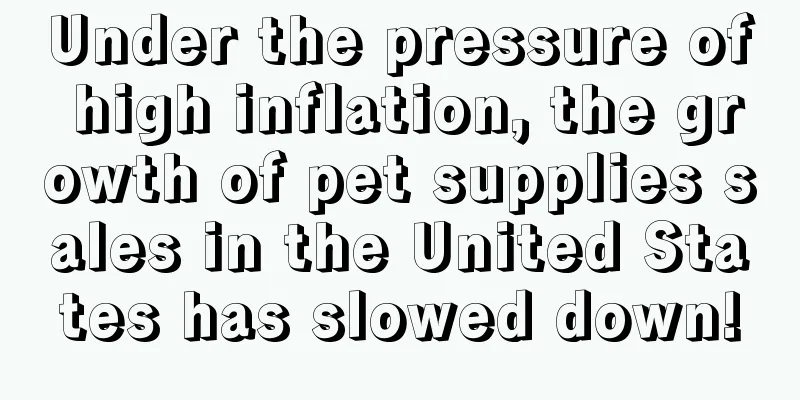Since Amazon’s US site restricted shipments, many sellers have used some “tacit” practices to break through the 200 shipment limit, such as adding variant replenishment , adding follow-up link replenishment , etc. Some service providers have also begun to provide services to break through the shipping restrictions. However, some of these methods are违规操作, which may result in Amazon warnings or even blocking . Now the risk of breaking the shipping restrictions has come, with a large number of sellers reporting that their goods in transit have been cancelled , and in more serious cases, they have been directly banned from creating FBA shipments . This means that these sellers are basically out of the peak season. There are also reports from sellers that many stores have closed down recently due to exceeding the delivery restrictions. Although there have always been similar news, the situation this time is more serious, so it is better for everyone to be cautious. Why is there a "200 shipping limit"? At first, a seller said: "New products still have a 200 shipping limit, but the maximum inventory level of old products with good sales has been changing. Amazon is still very humane."
Soon after, a seller responded: “We have discovered Amazon’s loophole and found a way to break the 200 shipping limit for new products. The same applies to replenishment!” Then many sellers began to get in touch with this “black technology”. In fact, ever since various operations that break delivery restrictions have been circulating in the cross-border circle, some Amazon sellers have begun to worry about whether their stores will be closed as a result. Unexpectedly, it finally came. According to what Maizi has learned, several sellers have had their stores blocked for breaking the shipping restrictions . As for how many goods these sellers have broken through using black technology, we don’t know, and we don’t dare to ask. What is certain is that there are great risks in exploiting platform loopholes. Even the service providers’ operations may be exploited. We should not try to test the bottom line of any violation of the platform’s rules! In fact, after Amazon’s first round of restrictions on shipments came out, some sellers said in tears: “Exploit the loophole to ship more than the limit. If the system submits successfully, ship as soon as possible, otherwise Amazon will cancel all the shipments without notifying you.” Previously, some sellers created multiple Shipping Plans to break through the delivery and were warned by Amazon: Your current inventory has exceeded the maximum inventory level and cannot be restocked at the moment. Requests to increase quantity limits are not currently accepted. If the seller sends a quantity of goods that exceeds the limit, it may result in account suspension. According to an Amazon seller in Shenzhen, when they were shipping new products a few days ago, in order to ship more, they broke the shipping limit and created 200 shipments on multiple pages, adding up to 400-600. Later, when the goods arrived at the company, they found that Amazon had canceled some of their shipments, but luckily, the goods had not been shipped yet. But not all sellers are so lucky. One home furnishings seller admitted that he had overloaded more than 2,000 shipments and had already shipped them, but they were cancelled by Amazon. Now the entire container of goods is floating on the sea and cannot be put into the warehouse. Even the case cannot be restored . According to Maizi, sellers whose goods are still on the road may face the following consequences: 1. Goods cannot enter the warehouse and will be rejected; 2. The goods will be received by Amazon, but the speed of receiving and putting on the shelves is not guaranteed; 3. A huge handling fee may be charged after the goods are received.
Another seller on the European site is relatively lucky, and the goods are gradually being put on the shelves. But some sellers are miserable, because Amazon deducted over-warehouse fees ranging from 1,000 to 9,000 US dollars for over-shipping to Amazon warehouses. In addition to the extra 2 US dollars, they also have to pay a lot of extra storage fees. The peak season is coming soon, and Amazon's storage fees during the peak season are much higher than usual. Sellers are losing a lot of money... Although creating multiple shipments has the risk of being canceled, according to sellers’ feedback, there are two main methods circulating in the market that do not violate the rules: 1. Overseas warehouses are used as backup. If FBA is out of stock, replenish the stock from overseas warehouses to FBA in time.
2. Use your own account to follow your own link to replenish the stock. (Although Amazon encourages follow-selling, it should still be used with caution.)
This tragic incident tells us that abiding by the rules and making good products is the right path! So sellers may as well calm down and explore how to improve their IPI scores ! Several ways to improve IPI scores Sedimentation stock treatment: 1. Download inventory and sales reports to analyze the causes of inventory accumulation and deal with them accordingly;
2. Arrange promotional activities (on-site or off-site) to quickly ship goods;
3. Clear out inventory by reducing prices and making concessions;
4. Explore offline channels to clear inventory; 5. Transfer to overseas third-party agencies for inventory clearance; 6. Check the sales relationship in advance and predict the inventory situation.
1 Rapidly reduce the redundancy percentage by shifting warehouses; 2. Pay attention to the impact of warehouse transfer on costs.
Promote new products and hot products 1Analyze and mine hot-selling products for sale (large inventory of new products, and fast sales growth in the short term); 2. Increase replenishment and advertising promotion to increase sales rate; 3 new products + coupons, opened irregularly.
Optimize no sales information 1. Product description issue: modify and put on the shelves directly; 2. The product lacks qualifications: submit it as soon as possible for review and listing; 3. Abandon products: first restore the listing information and create an abandonment order.
Okay, that’s all I have to say today. Since Amazon FBA restricted restocking, many sellers are facing the dilemma of out of stock, but I still don’t recommend that you challenge Amazon’s rules, especially now that the peak season is approaching, and the security of your account is particularly important.
(Source: Maiwen)
|










